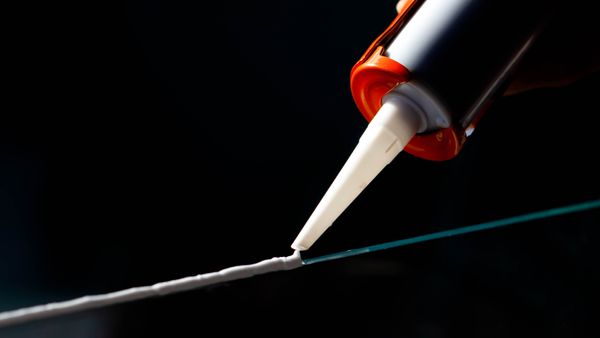The function of adhesives is to hold things together. Adhesives come in many forms, including glue, tape and sealant, and are used in a variety of everyday applications. In addition, natural substances can act as adhesives, such as soda and caramel. The stickiness of the adhesive is caused by molecular bonds, and its strength depends on how much stress is needed to pull those bonds apart.
Every substance contains molecules that have a positive or negative charge. For two substances to bond, their opposing charges need to be attracted to each other in the exact amount of charge. For example, to produce a molecule of hydrogen chloride (HCl), the positive charge of the hydrogen atom bonds with the negative charge of the chlorine atom, and the combination of the two creates a strong, neutral bond. Adhesives contain long chains of protein molecules that bond with the molecules of the surface they are spread upon by entering the pores and spaces of the material. Therefore, smooth surfaces such as glass don’t react well to adhesives because there aren’t any pores for molecules to enter.
Advertisement
The various types of adhesives are made from different components. When liquid is added to an adhesive, it becomes glue. When the glue dries over a surface, it hardens, causing the molecules to stick together. On the other hand, tape is made from mixing rubbery material with adhesives. It doesn’t harden like glue, and its bonds are weaker. The reason natural substances like caramel and maple syrup are sticky, is because they contain proteins that interact with certain surfaces, like your hands, causing molecular bonding.
To test adhesive strength, laboratories introduce stress to the bonds to see at what point the molecular bonds break. The tests include pulling the material apart, sliding the material to pry open the bond and applying pressure to only one side of the joint. Some adhesives are so strong that the materials they’re applied to stretch or tear before the adhesive bonds break.
Advertisement

